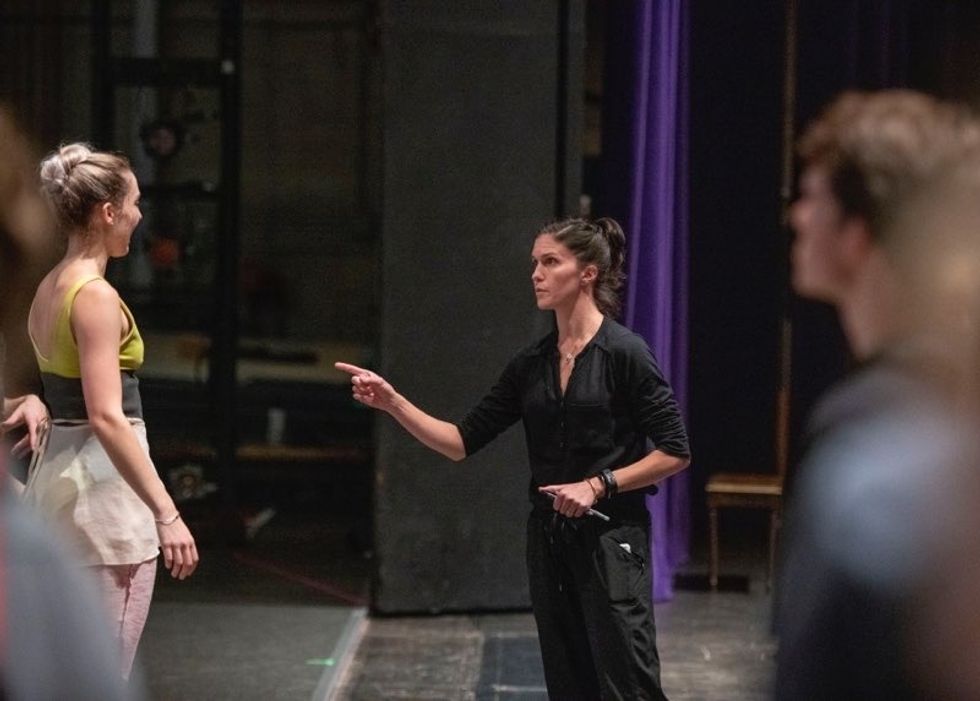Bringing Ballet Technique Home: Adapting Classes For Students Without a Studio
The effects of COVID-19 on college dancers might have been devastating. Performances were canceled, seniors trying to savor every last moment together were left without a graduation ceremony, students were encouraged to go home, and at each moment, a question has sounded: How can a student learn how to become a better performer when they are not allowed to perform?
Here at Indiana University’s Jacobs School of Music, the ballet department rallied quickly and adapted its programming, choosing to see this hiatus as an opportunity to encourage reflection and self-improvement.

Igor Burlak Photography
This time brings a brand-new environment for ballet training. There are no mirrors, there is no floor, no rosin, and, oftentimes, not much space. Each moment of class has to be planned with precision.
There is a whole world of nuanced work that can be mastered without a stage or even a conventional studio. The head and the heart drive any masterful performance, and footwork, turnout, coordination and strength are all constant challenges for a dancer that can be trained at a social distance.
Our new program officially rolls out for the ballet majors on March 30. This updated physical regimen includes daily live Zoom class designed for small at-home spaces, pointe class, conditioning class and selections of adapted repertoire.
Combinations are simplified and tend to focus on épaulement, footwork and placement. Every combination that travels forward also travels backwards and incorporates a step that can be used artistically to adjust to the space. For pointe, barre and a simple center can be done on most hard surfaces or a yoga mat if floors are too slippery. We are working on general conditioning as well as specifically conditioning for jumps, while trying to limit the daily impact of traditional jumps on hard surfaces.
To keep the class connected, the gallery display allows the whole faculty to give both personal and general corrections. It also allows for the students to watch as others receive corrections.
Beyond the movement, the dancers are required to watch and thoughtfully comment on a daily video selection. Curated by faculty member Carla Körbes, these videos will teach the dancers about the impact, dancers and repertoire of noted ballet companies all over the world.
To challenge the dancers’ artistry, intellect and ingenuity they are also tackling prompts such as “Where do you see the artistic direction of the ballet world headed 10 years from now?” “How do we prepare our performance abilities for a time of purely digital gatherings?” and “Choreograph a two-minute solo in a confined space commenting on the idea of social distance.”
As we enter uncharted territory in ballet training, we should not lose sight of the beautiful bright light within that makes ballet such a treasure. The best dancers of tomorrow will need to have a resilient work ethic, a meticulous drive to learn, and an open mind to all possibilities, and those dancers can begin to blossom in this temporary new world of exploration at a distance.



